How Downy Mildew Spores Are Monitored
Mary Hausbeck
Spore traps (Figure 1) are placed in the several sites in Michigan counties for the field season. Each trap operates by continuously pulling in air and all associated particles (spores, pollen, dust, etc.) and impacting them onto sticky tape on a reel inside the trap.
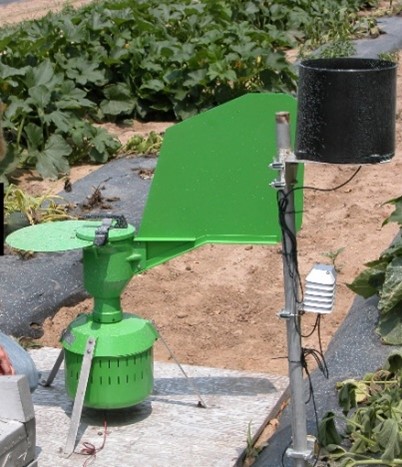
The reel inside the spore trap must be changed every 7 days. At that time a new reel is placed in the trap, and the reel with the spores is brought back to the lab where it is processed. Processing of one spore trap reel takes approximately 4 hours.
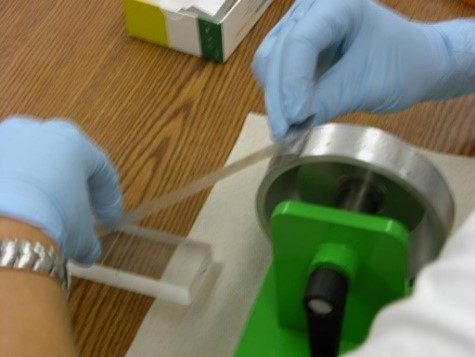
(Figure 2A).
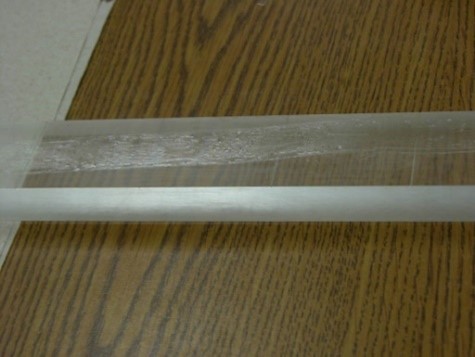
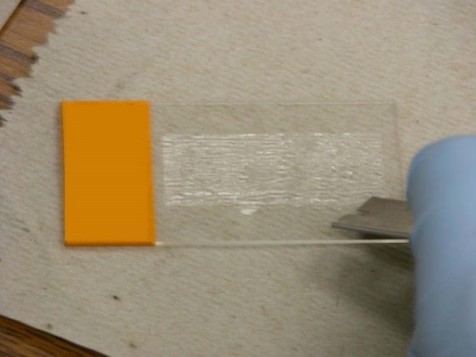
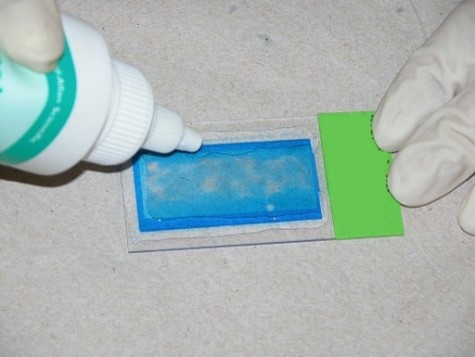
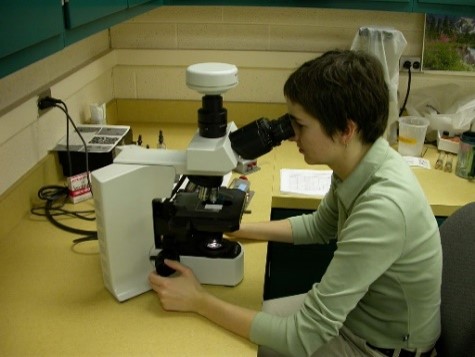
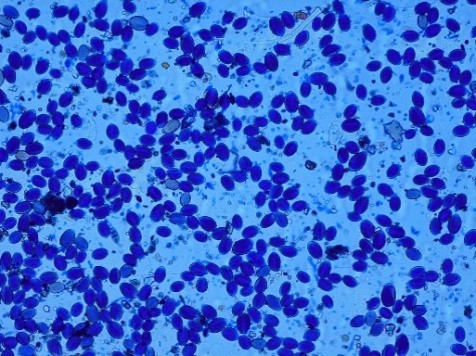
Downy mildew spores will be concentrated in areas where the disease is established. It is impossible to know where the first outbreak of downy mildew within any particular county may occur. A new infection may not register high spore counts, initially. Also if a new infection is not located near the spore trap, the spores will not be picked up by the trap until the disease becomes more widespread.



 Print
Print Email
Email